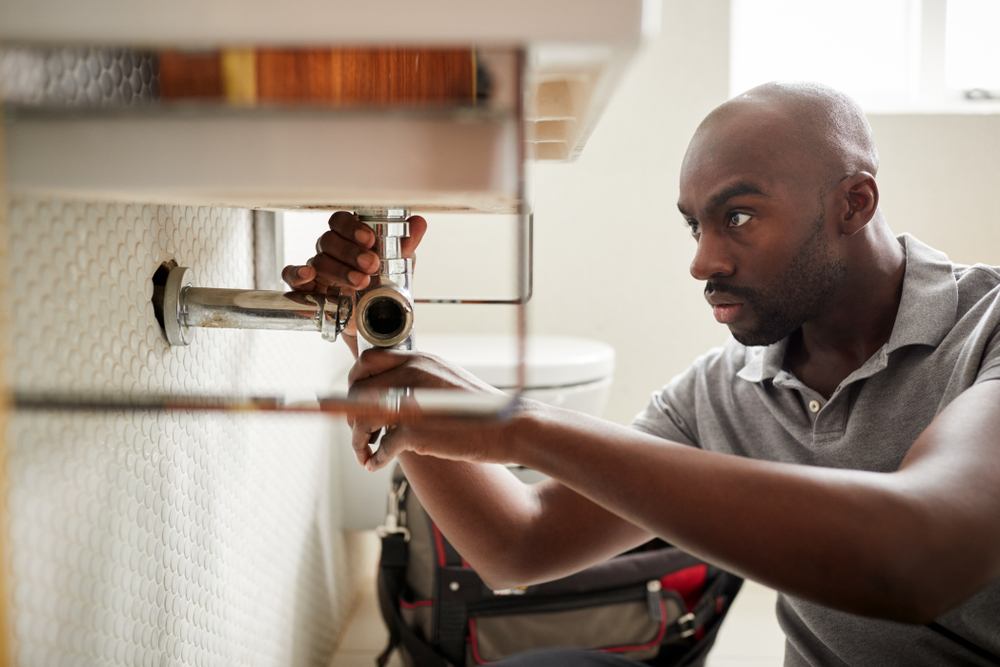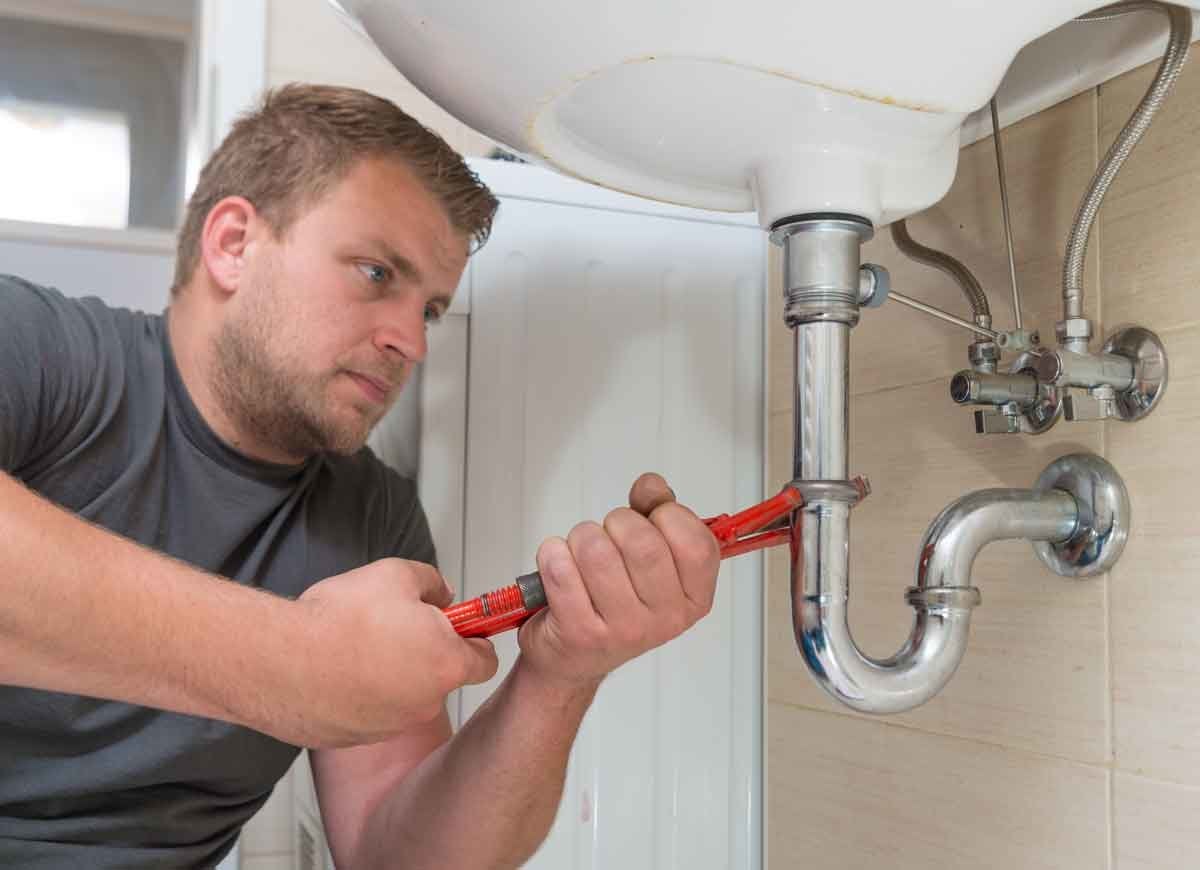When to Tackle Piping Problems On Your Own and When to Bring in a Piping Professional
When to Tackle Piping Problems On Your Own and When to Bring in a Piping Professional
Blog Article
This post down the page pertaining to When to DIY and When to Call a Professional Plumber is fairly enlightening. You should give it a look.

Intro
Plumbing concerns can range from minor aggravations to major migraines, often motivating homeowners to choose in between taking on the problem themselves or contacting an expert plumbing professional. Understanding when to do it yourself and when to look for specialist aid can conserve time, cash, and protect against possible calamities. This article explores the elements to think about when making this important decision.
Advantages of DIY Plumbing
Handling pipes jobs yourself can be satisfying in numerous ways, particularly for easier jobs.
Intricacy of Jobs
Some pipes problems require specific knowledge and tools past common home owner capabilities. Messing up intricate problems can result in further damages and pricey repair work.
Safety and security Problems
Collaborating with plumbing systems entails risks such as exposure to water damages, possibility for electric risks, and managing devices inaccurately. Safety precautions must be observed to prevent accidents and guarantee effective repair work.
Indicators to Call a Professional Plumbing
Identifying when a plumbing problem goes beyond do it yourself abilities is crucial to preventing getting worse problems.
Signs of Complicated Concerns
Instances consist of:
Trigger professional treatment is necessary to deal with these concerns effectively and lessen damage.
Do It Yourself Plumbing Tips
For successful do it yourself plumbing, it's important to be prepared with the right devices and comply with appropriate treatments.
Basic Tools and Materials
Secret devices for do it yourself pipes:
Step-by-Step Guides
Clear instructions ensure safe and reliable DIY repairs:
Choosing the Correct Time to DIY
Figuring out when to tackle plumbing jobs yourself calls for analyzing both the intricacy of the concern and personal comfort levels.
Assessment List
Consider:
Cost Savings
Do it yourself plumbing tasks usually conserve cash by staying clear of expert service charge. Jobs like taking care of small leaks, replacing taps, or setting up brand-new showerheads are examples where homeowners can manage repair work without employing a plumbing technician.
Skill Improvement
Taking part in DIY pipes uses a possibility to find out and boost useful skills. Basic jobs encourage property owners to understand their pipes systems much better and get confidence in managing tiny fixings independently.
Dangers of Do It Yourself Plumbing
While do it yourself jobs supply benefits, particular threats need to be carefully thought about before trying repair services.
When to Definitely Call a Specialist
Certain circumstances demand immediate professional interest to stop substantial damages or safety risks.
Emergency Situations
Examples include:
Searching for and Hiring a Specialist Plumbing Professional
Choosing a qualified plumber makes sure trusted service and assurance in resolving plumbing issues.
Criteria for Option
Variables to think about:
Price Analysis: do it yourself vs. Expert Solutions
Contrasting the monetary implications of DIY initiatives versus professional pipes services assists in making educated decisions.
Financial Considerations
Evaluate:
Final thought
Choosing whether to DIY or call a professional plumbing rests on recognizing the complexity of pipes concerns and individual capacities. By weighing the advantages and threats, house owners can make educated choices that advertise effective maintenance and safeguard their homes from pipes calamities.
DIY Plumbing Projects: What Homeowners Can Do and When to Call a Professional
Welcome to our comprehensive guide on DIY plumbing projects. In this blog post, we aim to empower homeowners with the knowledge and skills to tackle basic plumbing tasks around the house. From unclogging drains to fixing a leaky faucet, we’ll walk you through step-by-step instructions on how to handle these common issues.
However, not all plumbing problems can or should be solved with a DIY approach. Recognizing when a problem is beyond your skill level and requires professional intervention is just as important as knowing how to perform basic tasks. We’ll also discuss the signs that indicate it’s time to put down your tools and pick up the phone to call a professional plumber. By understanding when to DIY and when to call a professional, you can save time, avoid potential disasters, and ensure your home’s plumbing system remains in top shape.
Understanding Plumbing Basics
Before we dive into the DIY projects, let’s take a moment to understand the basics of your home’s plumbing system. A typical residential plumbing system consists of two major components: the water supply system, which brings fresh water into your home, and the drainage system, which removes waste water. These systems are made up of a network of pipes, valves, and fixtures that work together to deliver clean water and dispose of waste efficiently.
Regular maintenance of your plumbing system is crucial to prevent minor issues from escalating into major problems. This includes tasks like checking for leaks, removing minor clogs, and ensuring your pipes are insulated for winter. By performing these tasks regularly, you can extend the lifespan of your plumbing system, save money on water bills, and maintain the comfort and hygiene of your home.
In the following sections, we’ll explore some common DIY plumbing projects that homeowners can handle, as well as situations that require the expertise of a professional plumber. Whether you’re a seasoned DIY enthusiast or a beginner, this guide will provide you with valuable insights into the world of home plumbing.
DIY Plumbing Projects Homeowners Can Handle
Plumbing may seem intimidating, but there are several tasks that homeowners can confidently tackle with a little guidance and the right tools. Here are a few common issues you might encounter and how to address them.
Unclogging Drains
Use a Plunger: This is your first line of defense. A good old-fashioned plunger can dislodge the obstruction and clear the drain in many cases. Try a Plumber’s Snake or Hand Auger: If the plunger doesn’t work, a plumber’s snake or hand auger can reach deeper into the pipe to break up the clog. Use a Drain Cleaner: If physical methods fail, a chemical drain cleaner can dissolve the clog. However, use these products sparingly as they can damage your pipes if overused.

As an enthusiastic person who reads about DIY vs. Professional Plumbing Repairs: When to Call a Pro, I imagined sharing that article post was smart. I beg you take a moment to distribute this article if you enjoyed reading it. I cherish reading our article about DIY vs. Professional Plumbing Repairs: When to Call a Pro.
Click Here Report this page